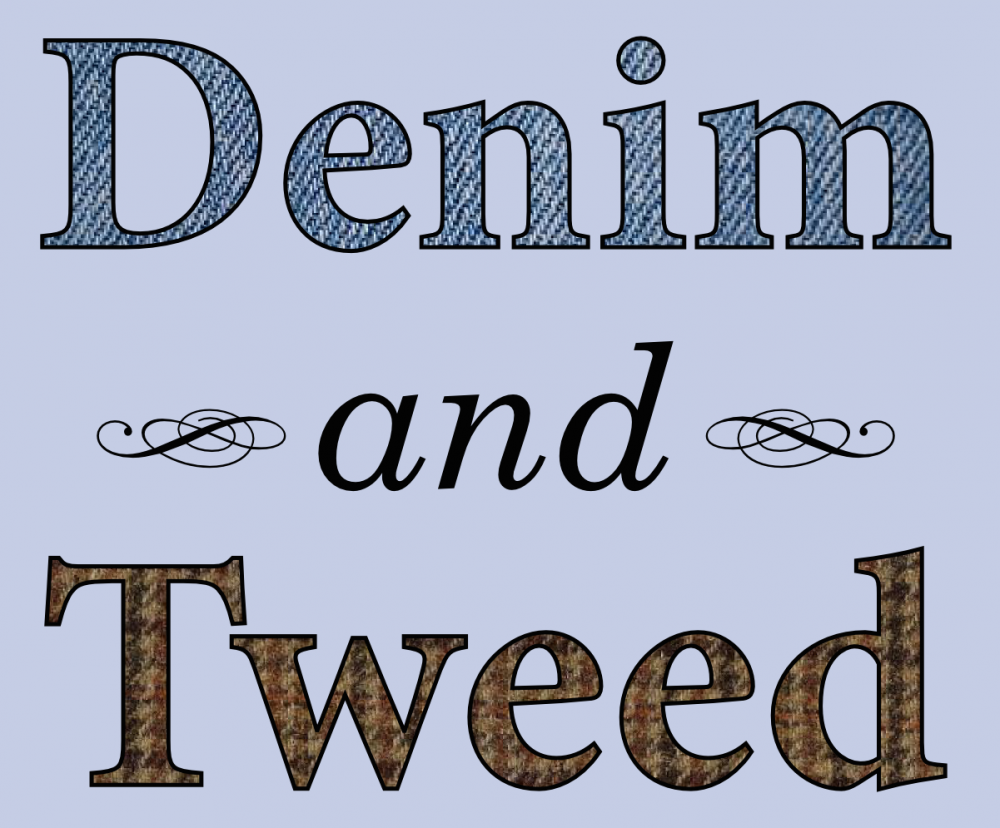 Darwin’s finches, like this medium ground finch, are a prime example of what John Thompson calls “relentless evolution.” Photo by David Cook Wildlife Photography.
Darwin’s finches, like this medium ground finch, are a prime example of what John Thompson calls “relentless evolution.” Photo by David Cook Wildlife Photography.When I was just starting graduate school, one of the first things I wanted was readings to get me up to speed on the current state of research on the evolution of interactions between species. My dissertation advisor handed me The Geographic Mosaic of Coevolution, by John Thompson (who, it should be said, had been my advisor’s postdoctoral mentor). Thompson turned out to be just the author for the job, wrangling a huge body of research into a clear, straightforward text, and all in support of his argument that metapopulation dynamics—populations linked by migration across a landscape of varied environments—are the engine driving much of evolution.
Now, Thompson’s published a new book, titled Relentless Evolution, which pretty much picks up where The Geographic Mosaic left off. And I’ve reviewed it for The Molecular Ecologist.
Gould’s “paradox of the visibly irrelevent” holds that, if we are to understand the river of evolutionary history, we must look below the spume and spray of year-to-year adaptative change to find the deeper currents that can, over time, carve canyons. In his new book Relentless Evolution (University of Chicago Press, $35.00 in paperback), John N. Thompson makes the opposing argument with gusto: To Thompson, studying the roiling eddies that Gould dimissed as transient and superficial is the only way to understand the deeper currents, and the river’s course ahead of us.
Should you run out and buy a copy? If you’re even slightly on the fence, I suggest you go read my whole review.◼
 Wild Soay sheep, in an assortment of colors. Photo by Commonorgarden.
Wild Soay sheep, in an assortment of colors. Photo by Commonorgarden.








